Digital technology and data access are musts for a modern world. Companies, organizations and governments use computerized systems to manage daily activities. Cybercriminals are waiting to steal data and wreak havoc on nations.
Corporations are particularly vulnerable, and a data breach puts customer trust at risk and makes financial devastation a possibility when databases are infiltrated. These attacks can result in legal repercussions if the attacked company is not in compliance with security regulations. Cybersecurity is an essential component of any organization to protect sensitive data and keep customers and employees safe from harm.
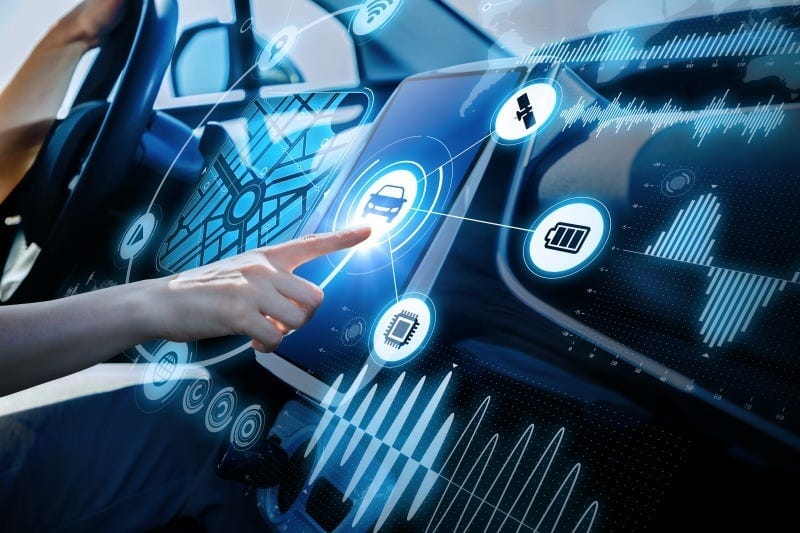
1. Automotive Hacking
A driverless car or one that requires a charging station are seen as high-stakes advancements in the auto industry. However, this type of car comes with a wealth of risks. The driving experience has gotten so high-tech, and the wireless connection allows cybercriminals to hack into the operating system and the greater electrical grid.
Something as innocuous as onboard microphones can be hacked for eavesdropping purposes. As the number of self-driving cars increases, advanced cybersecurity measures need to be employed in order to protect drivers against such threats.
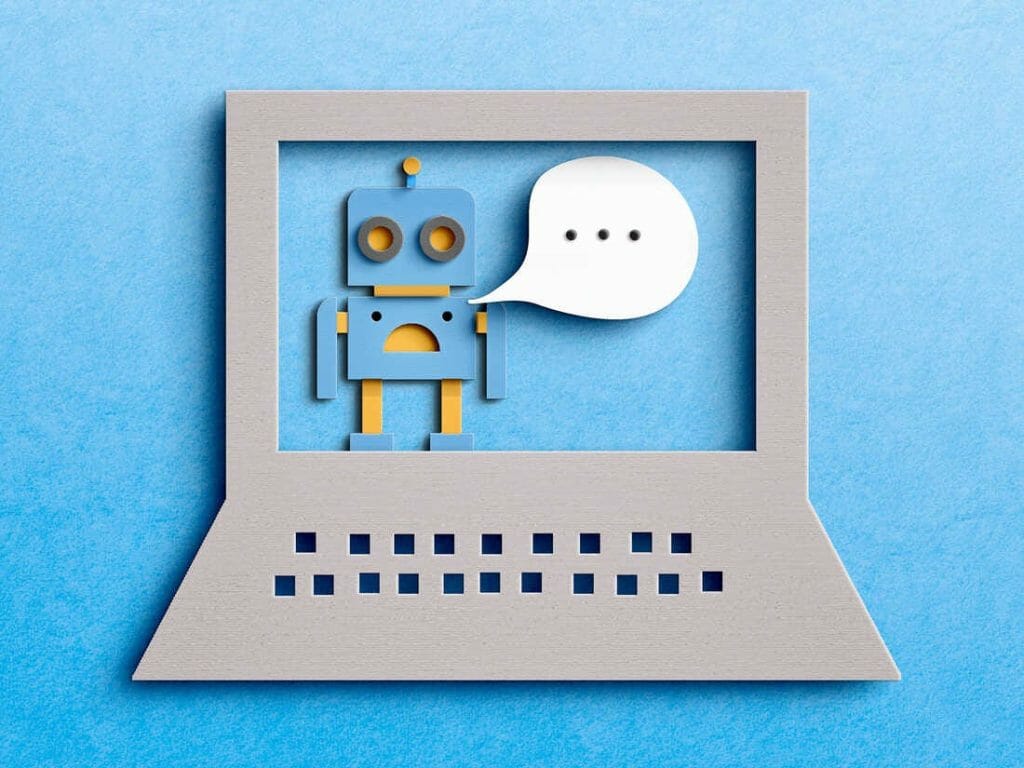
2. AI
Artificial intelligence harnesses the power of machine learning. By facilitating automated security systems and sophisticated threat detection processes, AI helps protect data. AI harnesses the power of language processing and facial recognition technology to ensure security.
Using early detection systems, AI can identify upcoming threats and offer advanced warning. However, cybercriminals can also harness the technology to bypass existing security protocols.
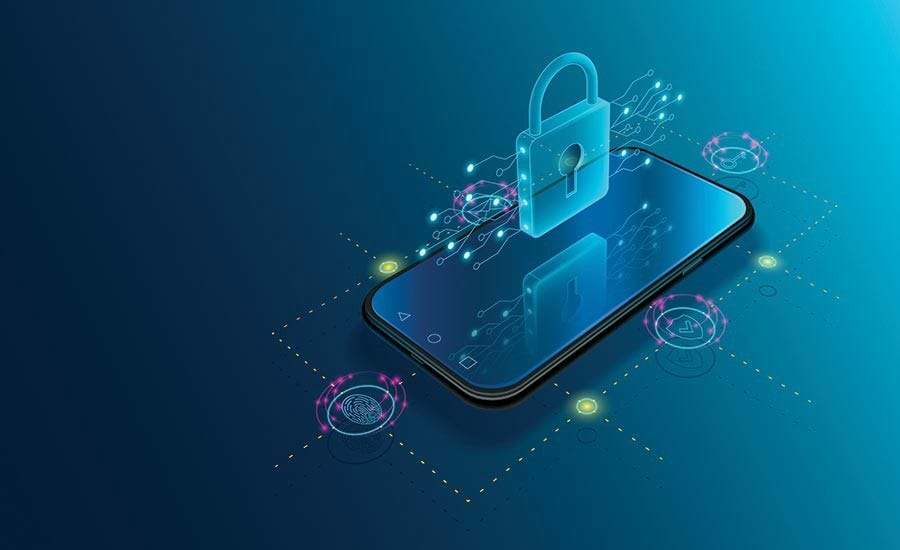
3. Mobile Devices
Mobile banking malware and attacks are expected to skyrocket in 2023. Handheld devices are convenient but vulnerable to cyberattacks. Something as simple as sending an email or taking selfies can put personal data at risk.
Cybersecurity advancements this year will focus on smartphone viruses and malware.
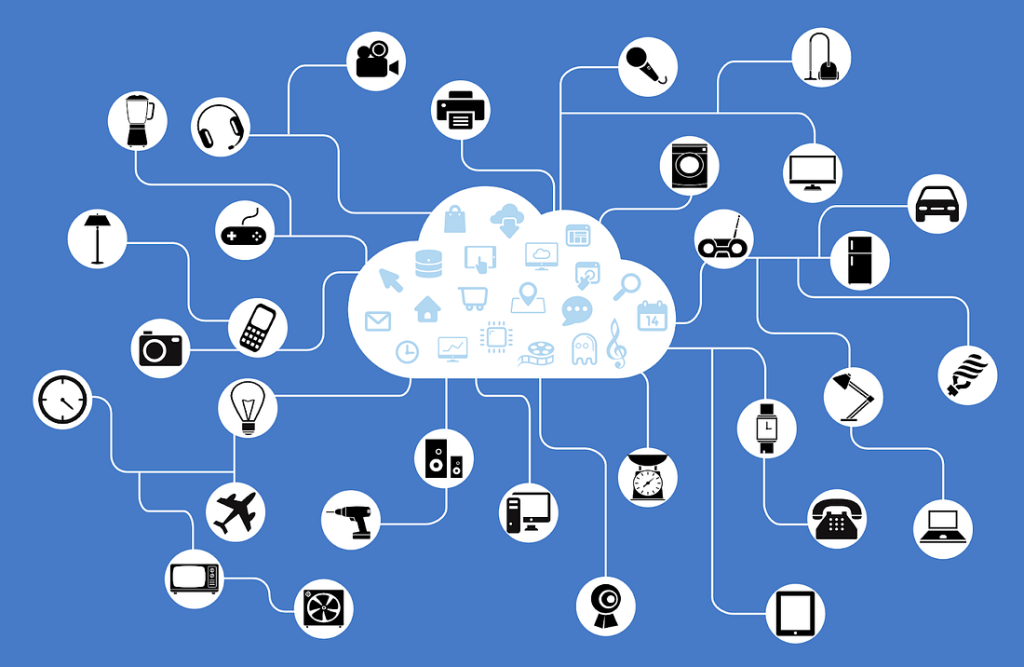
4. Cloud-based Applications
Cloud-based applications enable easy access to data. For all its convenience, the omnipresence of data presents privacy and security concerns. Google and Microsoft are just a few of the cloud titans, but as large as they are, they are still vulnerable. Consumers have to remain vigilant when using the cloud.
Human lapses in vigilance can result in downloading malicious software or falling victim to phishing attacks.
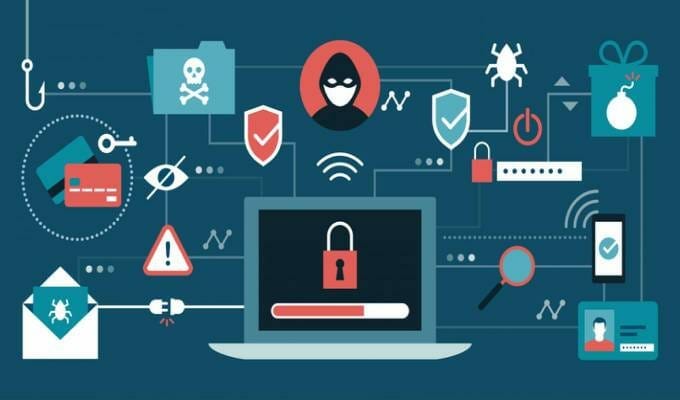
5. Data Breaches
Safe storage is a must with modern tech. Any software flaw or bug can result in a breach. Some regions have taken steps forward with regulations such as General Data Protection Regulation (GDPR) in the European Union (EU), which has been enforced from May 25th, 2018, onwards, and California Consumer Privacy Assessment (CCPA), which came into effect January 1st, 2020.
Legislation can provide an added layer of security for digital information.
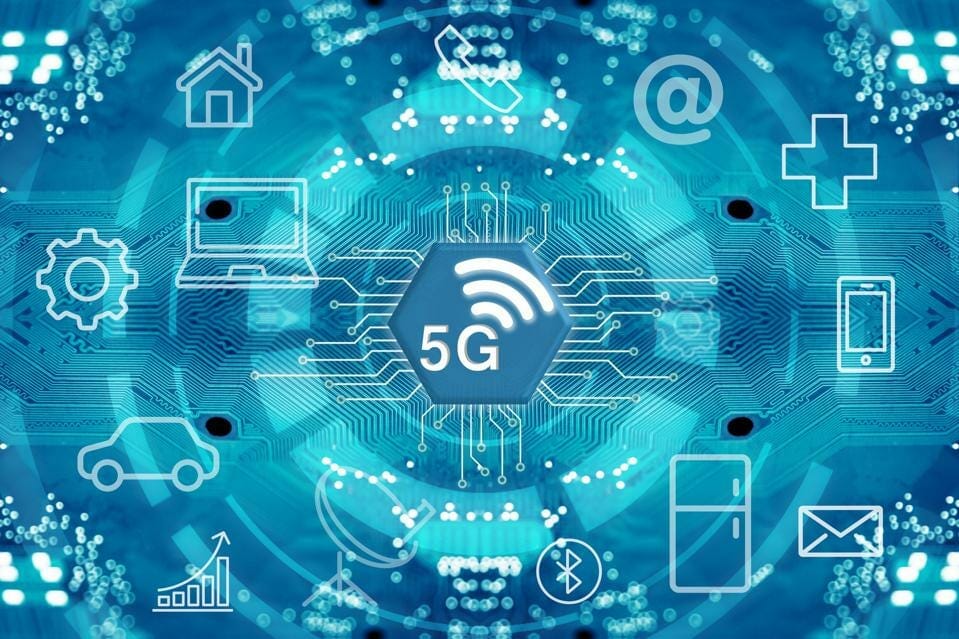
6. IoT with 5G Network
Although there are many conspiracy theories around the introduction of 5G networks, it is a crucial milestone in the evolution of interconnectivity and the advancement of the Internet of Things (IoT). A heightened level of communication between various machines and systems increases the risk that these devices can be victims to external attacks, viruses, or possibly even brand-new software bugs.
Chrome, the world’s most popular web browser, was infiltrated by cyber criminals last year in a reminder that the wealth of data circulating online is vulnerable. Manufacturers must focus on their responsibility to create secure and reliable hardware and software.
Sophisticated architecture can safeguard users from security risks such as data breaches. Robust protection measures against malicious activities ensure that 5G networks operate at a high speed for an improved user experience.
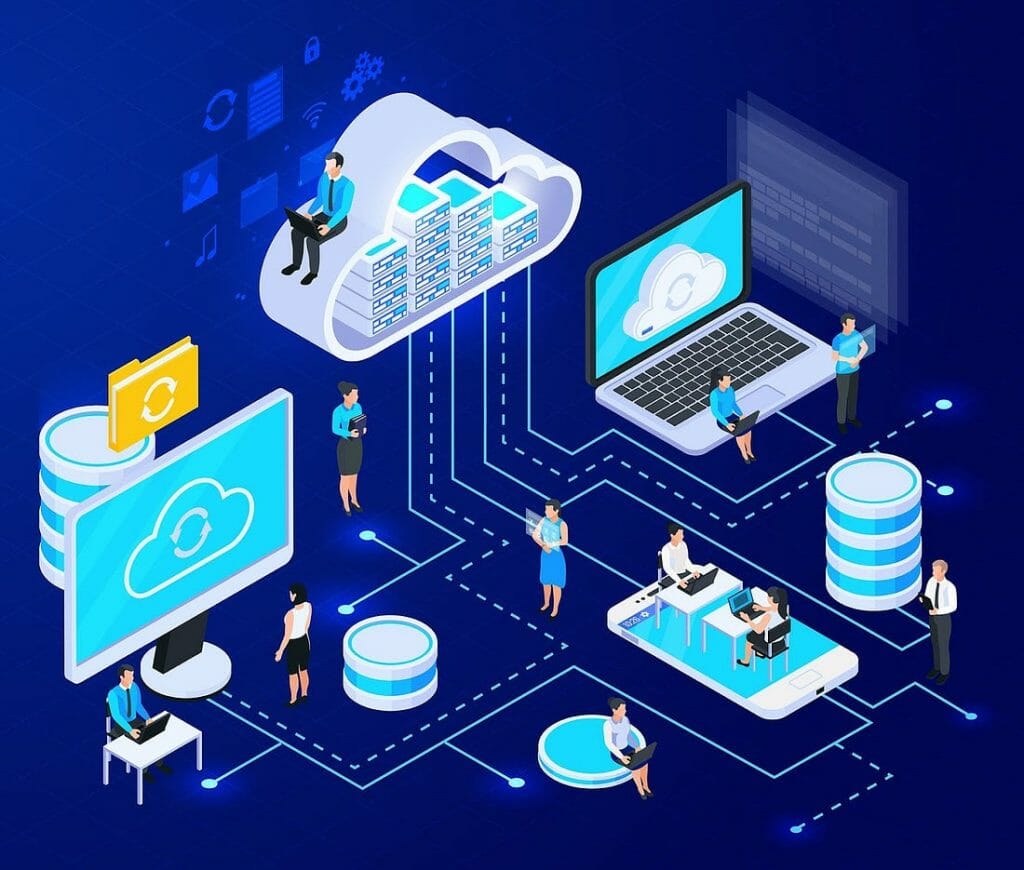
7. Automation & Integration
As data grows exponentially by the day, there is a demand for increasingly more sophisticated control. Engineers and cyber security specialists must now provide efficient solutions. Agile software development processes are a must-have to create secure code for every single step of building a web application. Automation and cybersecurity are essential parts of the software engineering journey.
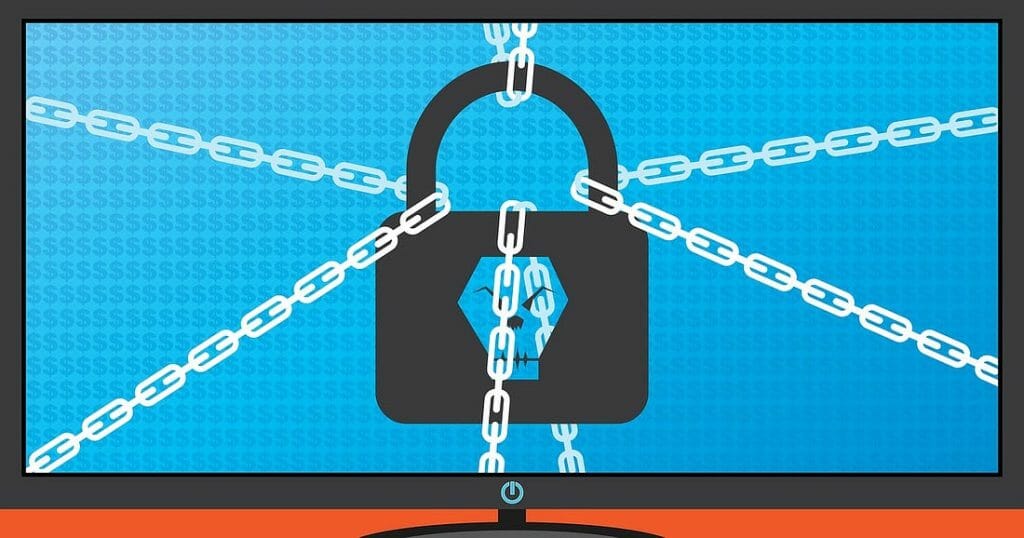
8. Targeted Ransomware
Targeted ransomware is booming. As nations continue to develop, so does the reliance on software. This software is vulnerable to the deployment of ransomware. Even hospitals are not safe. Medical devices can be corrupted, leaving data exposed and lives in danger.
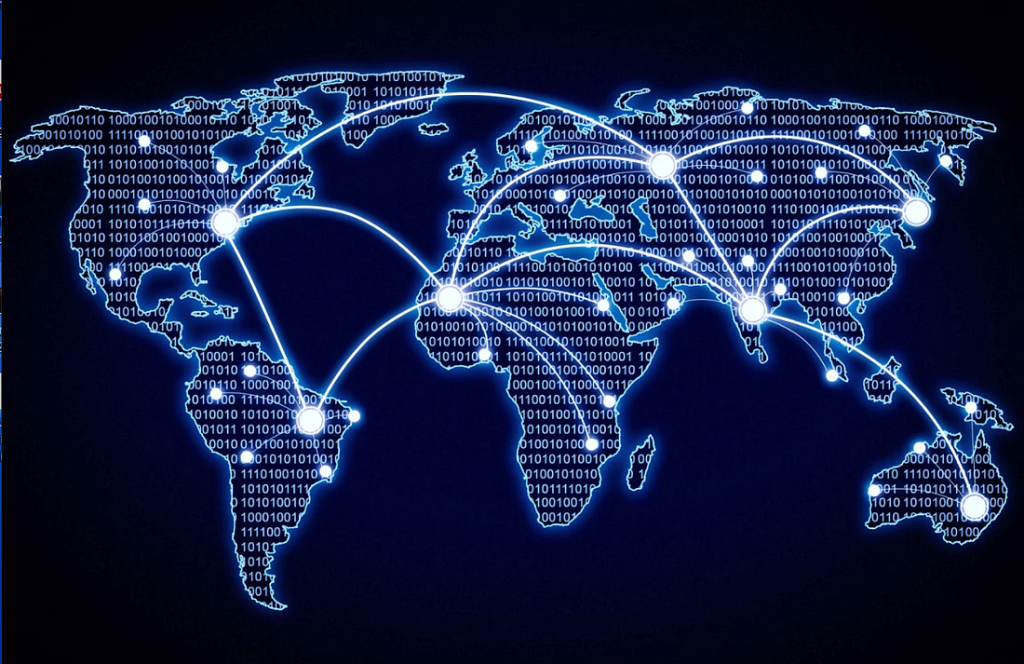
9. State-sponsored Cyber Warfare
The internet is the new battlefield. Countries are now engaging in cyber espionage and attacks. Cyber warfare often focuses on elections, with 70 percent of all political cyber warfare having happened in 2022. The weapons of choice include high-profile data breaches targeting political and industrial secrets. Internet insecurity is an emerging trend that needs significant intervention and monitoring.
The top 9 cybersecurity trends for 2023 have made it very clear that the world needs to be much more proactive when it comes to protecting all forms of data. ThriveDX offers training programs, certifications, mentoring services, career counseling, networking opportunities and an abundance of courses for anyone seeking to remain competitive in today’s cyber world.
By taking advantage of these resources, security stakeholders like IT professionals, executives and small business owners can gain an extra layer of assurance in terms of staying prepared against threats, including ones that they may not see coming .

